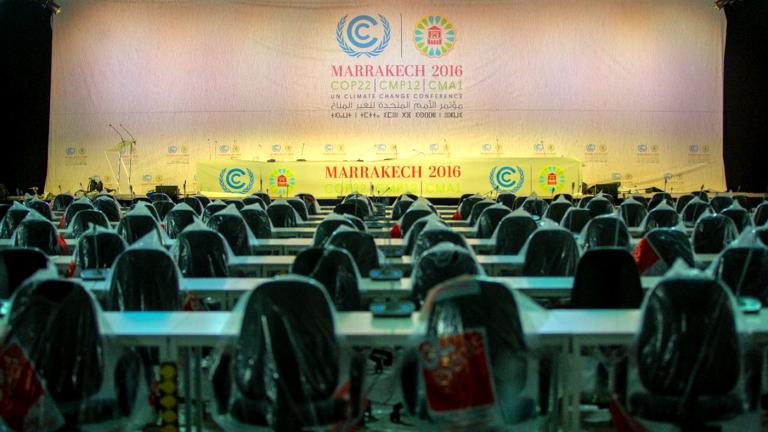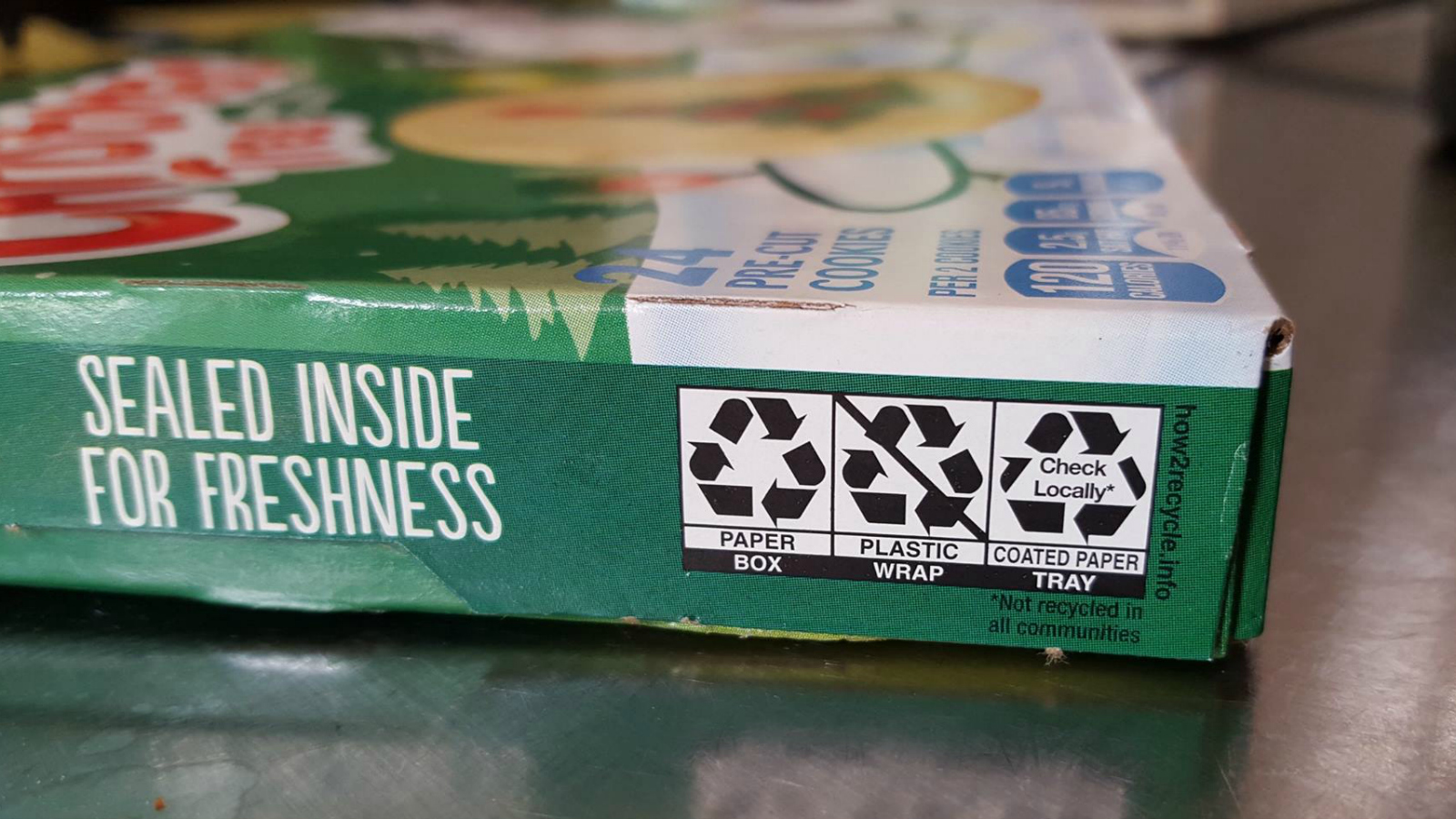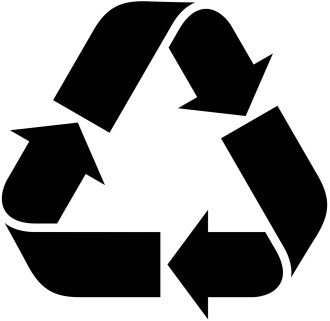Q. Dear Umbra,
I cannot find the be-all, end-all guidance as to what kinds of plastic bags and plastic films can be recycled. Merchant bags for sure, but what about all that other plastic sheeting? Cereal bags? Shrink wrap packaging? Saran wrap? It’s all plastic film to me, but am I fudging up the system by dropping these in my supermarket barrel of plastic bag recycling?
Bagging Vance
Houston, Texas
A. Dearest Bagging Vance,
Recycling confusion is vexing indeed. I get more questions from my dear readers on this topic than on any other. So many of you fervently wish to do your best, but you’re not quite sure how. Must I wash out my jars? How important is sorting, really? Can I recycle these batteries? What about that pencil stub?? This Color Me Badd mix tape??? It’s almost like a single plea rising from the Ask Umbra inbox: Please, just tell me what to do with my recycling, and I’ll do it!
And you’re right — it is confusing. Recycling is certainly an important part of the eco-friendly life (it’s my third-favorite R, as a matter of fact), but the powers that be could do a better job of explaining the process. To make matters worse, that process is different from region to region, state to state, and even town to town, depending on local companies and the recycling market in your area. So I’m afraid there is no such thing as a be-all, end-all guide to recycling. Bummer, I know. The stakes are made higher by the fact that trying to recycle the wrong items can contaminate the whole batch, accomplishing the exact opposite of what you were hoping to do.
All that said, we do have a few tools at our disposal. There’s the classic triple-arrow recycling symbol we all know and love.
That original ouroboros of sustainability dates back to the first Earth Day in 1970, and it still serves as an important signal that the item in hand can (probably) be recycled.
In 1988, we added the numbers 1 through 7 to (some of) our plastic packages and containers to identify which type of plastic they are, and thus help determine their recyclability. Some curbside recycling programs, for example, will tell you they don’t accept #5 or #6 plastic, so you know not to chuck those yogurt containers and Styrofoam clamshells in your bin.
These days, there’s a relatively new recycling triangle on the block: the How2Recycle label, launched by the nonprofit Sustainable Packaging Coalition in 2012.
This pumped-up version of the symbol adds crucial information, including how to prep the container for recycling (from “rinse and insert lid” to “empty and reattach pump”), what material it is (plastic, metal, coated paper, multilayer, etc.), which parts of a multicomponent item might qualify for recycling, and guidance on how to go about recycling it (“widely recycled,” “check locally,” and “store drop-off” among the options). It’s quite the step up from the symbol’s beginnings, and I suspect it will do a lot to demystify the recycling process for you and loads of others, Bagging Vance. For example, if you saw this How2Recycle label on the plastic wrap from your toilet paper, you’d know that it’s most likely recyclable through drop-off programs, and also know to make sure it’s clean and dry before you drop it.
The rub is that this label doesn’t show up on every container yet. At this point, brands must elect to use it (and pay for that right). You’ll notice it on packages from Target, Seventh Generation, and McDonald’s, to name just a few, but it’s far from ubiquitous right now. So here’s a little homework for us all: Next time you find yourself holding an empty container/bag/can/bottle and wondering what the heck to do with it, write, call, email, or tweet at the brand encouraging them to join up with How2Recycle.
In the meantime, there is something we can do — and it’s the single most helpful step there is. In fact, even if every container in the land starts sporting the How2Recycle label, we’ll still need to do it sometimes. I’ve said it before, and I’ll say it again: When you have a question about recyclability, check with your local recycling programs. They’re the only ones who can tell you exactly what’s accepted and what’s not in your neck of the woods. How? First, consult your city’s government website: These often have helpful lists of recyclables. Question still unanswered? Call the recycling department or company directly to ask. In the case of plastic-bag drop-off boxes, you can always grill the retailer for clarification.
That’s a roundabout way of answering your question about plastic film recycling, I know. But this issue goes deeper than a few cereal bags, so I think guiding you to dig up your own answers to local recycling conundrums will help a lot in the long run. It’s like one of my favorite mottos says: Give a man a fish and feed him for a day. Teach a man how to find recycling info for the wrapping around that fish and boost recycling rates everywhere. Snappy, isn’t it?
Investigatively,
Umbra






